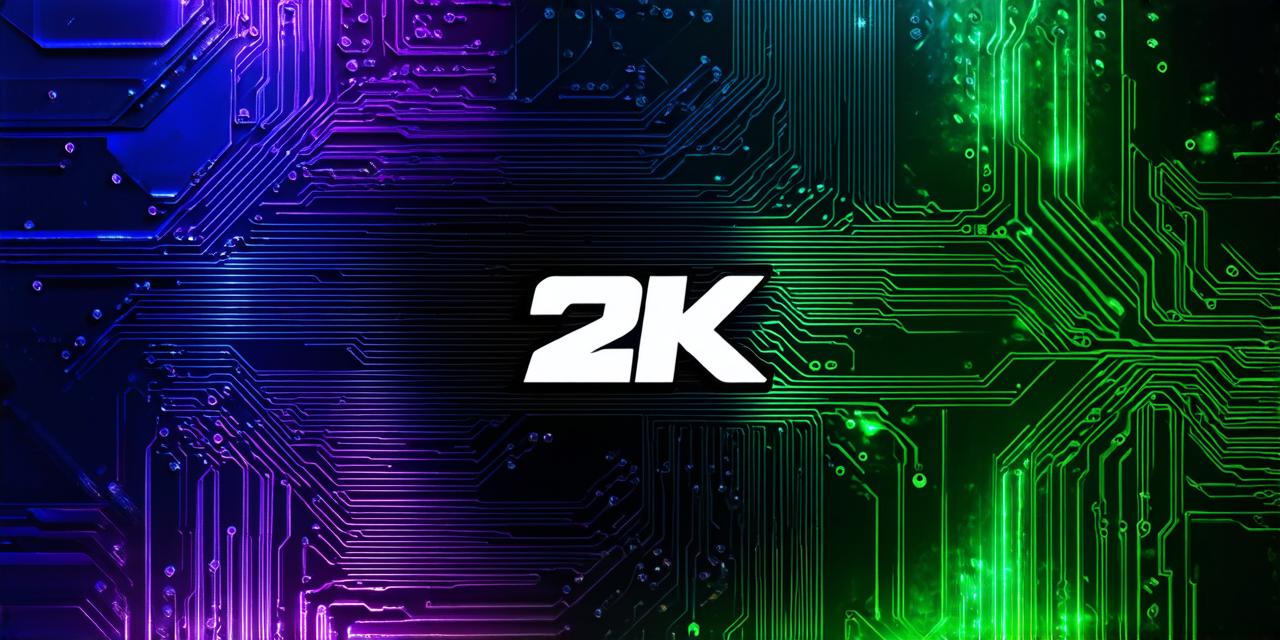Virtual reality (VR) is an emerging technology that has already transformed many industries, including gaming, healthcare, and education. As VR continues to evolve, it will create new opportunities for developers who are looking for a challenging and exciting career path. In this article, we will explore some of the most promising areas in VR development careers and how you can become a part of this growing industry.
Virtual Reality Development Careers: An Overview
Virtual reality development involves creating immersive experiences that transport users into a simulated environment. Developers work with specialized tools and software to create interactive environments, characters, and objects that engage the user’s senses and create an illusion of presence. VR development is a complex and multidisciplinary field that requires skills in programming, 3D modeling, design, and motion capture.
Virtual Reality Development Careers: The Growing Demand
The demand for virtual reality development services is growing rapidly as companies look for new ways to engage customers and employees. According to a report by Grand View Research, the global virtual reality market size was valued at USD 31.9 billion in 2020 and is expected to reach USD 256.4 billion by 2028, growing at a CAGR of 37.6% during the forecast period.
Virtual Reality Development Careers: The Skills You Need
To be successful in virtual reality development careers, you will need a combination of technical and soft skills. Here are some of the key skills that you should develop:
- Programming skills: Virtual reality development requires programming skills in languages such as C++, C, and Java. You will also need to learn specialized tools and software such as Unity and Unreal Engine.
- 3D modeling skills: Creating realistic environments and objects is essential for virtual reality experiences. You will need to learn 3D modeling techniques using software such as Blender and Maya.
- Design skills: Good design skills are crucial for creating engaging and immersive virtual reality experiences. You should learn about user experience (UX) design, interface design, and information architecture.
- Motion capture skills: Motion capture is used to create realistic character movements in virtual reality. You will need to learn about motion capture technology and software such as OptiTrack and Vicon.
- Collaboration skills: Virtual reality development requires collaboration with other team members such as artists, designers, and project managers. You should develop strong communication and collaboration skills to work effectively in a team environment.
Virtual Reality Development Careers: Real-World Examples
Here are some real-world examples of virtual reality development careers:
- Virtual reality game developer: Game developers create immersive gaming experiences using virtual reality technology. They use programming skills to develop games that engage and entertain players.
- Virtual reality healthcare professional: Healthcare professionals use virtual reality technology to train medical students, simulate surgical procedures, and treat patients with mental health disorders. They use 3D modeling skills to create realistic simulations of the human body and design interventions for patients.
- Virtual reality education specialist: Education specialists use virtual reality technology to create immersive learning experiences for students. They use design skills to create engaging and interactive lessons that help students learn and retain information.
- Virtual reality architect: Architects use virtual reality technology to create 3D models of buildings and simulate how they will look and function in real life. They use programming skills to create interactive environments that allow clients to explore and modify their designs.
- Virtual reality content creator: Content creators create virtual reality experiences for businesses, events, and entertainment. They use motion capture skills to create realistic character movements and design engaging environments.
Virtual Reality Development Careers: The Future of VR Development
The future of virtual reality development is bright, as the technology continues to evolve and become more accessible. Here are some trends and developments that you should be aware of:
- Wireless virtual reality: As wireless technology improves, we can expect virtual reality experiences to become more mobile and accessible. This will create new opportunities for developers to create experiences that can be used on smartphones, tablets, and other devices.
- Augmented reality: Augmented reality (AR) is a related technology that overlays digital information onto the real world. AR is being integrated into virtual reality development to create more immersive and interactive experiences.
- Artificial intelligence: Artificial intelligence (AI) is being used to enhance virtual reality experiences by creating realistic characters, environments, and interactions. AI will continue to be a key driver of innovation in virtual reality development.
- Cloud-based virtual reality: As cloud computing becomes more prevalent, we can expect virtual reality experiences to be hosted on remote servers rather than local devices. This will create new opportunities for developers to create scalable and accessible experiences that can be accessed from anywhere in the world.
Virtual Reality Development Careers: Summary
Virtual reality development is a rapidly growing field with exciting career opportunities. To succeed in this industry, you will need to develop technical and soft skills such as programming, 3D modeling, design
